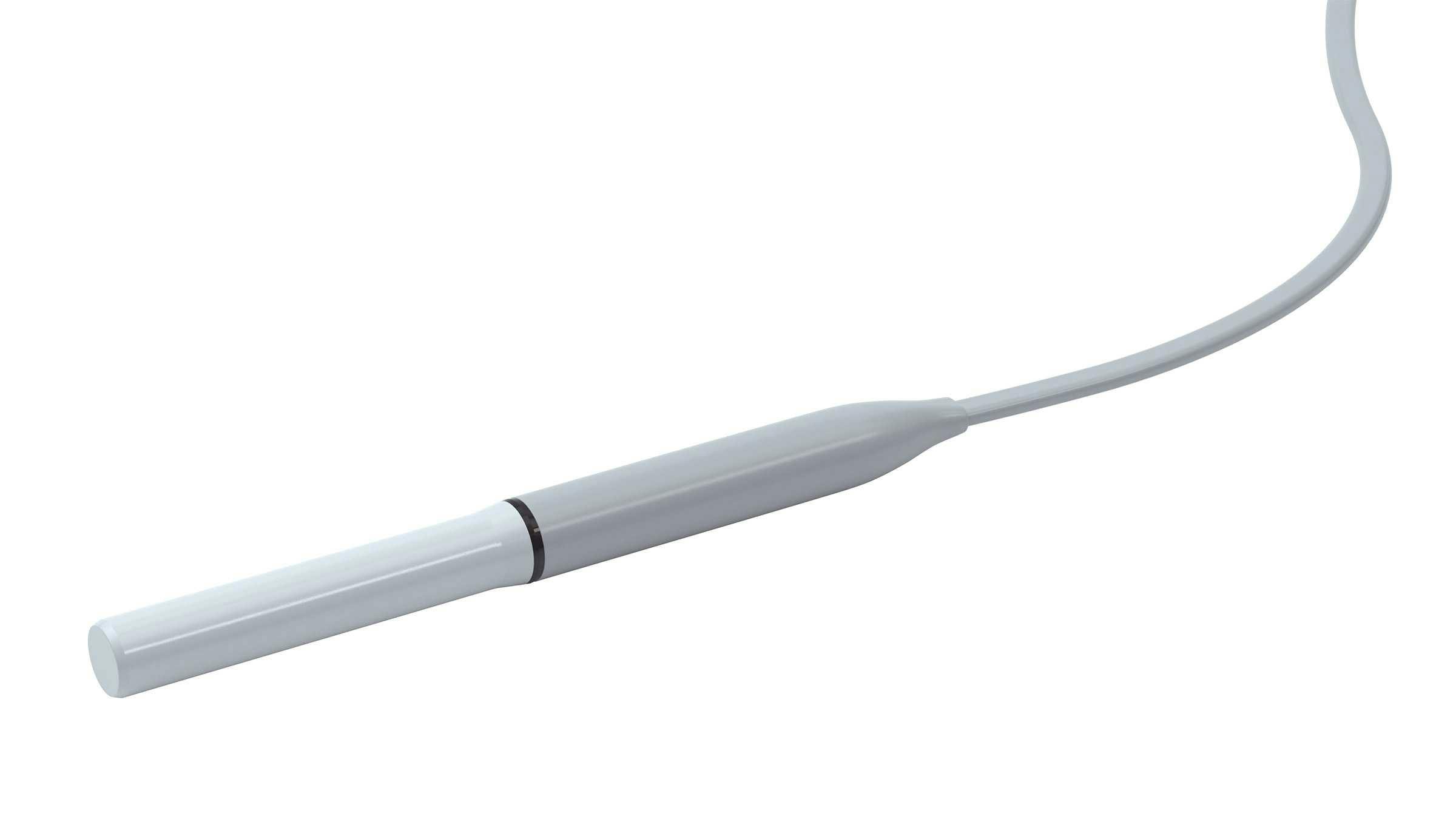Endomagnetics Introduces Higher Performance Probe and Makes CTO Appointment

Endomagnetics, the company developing a portfolio of products to improve the standard of cancer care, has developed a new, higher performance probe for its popular Sentimag® instrument.
The slimmer probe is only 18mm in diameter and has been designed in response to demand for minimal surgical invasiveness, yet boasts a sensitivity more than three times higher than the current probe and improved surgical performance. It also offers greater robustness and better handling characteristics.
Dr Quentin Harmer, who led the development of the next generation probe, said: “Producing a slimmer probe came with design challenges as reducing the probe diameter reduces sensitivity, but we are really proud to have exceeded our design brief. Not only did we achieve the target dimensions, we actually improved sensitivity and surgical performance while maintaining the simplicity for which the Sentimag® instrument is known”.
Concurrent with the launch of the new Sentimag® probe, Dr Harmer has been promoted to Chief Technology Officer.
Dr Eric Mayes, CEO commented: “The development and delivery of this new probe underscores our commitment to continuous improvement for our partners, customers and patients.
Quentin’s promotion to CTO reflects his many contributions since joining Endomagnetics in 2011 – enhancing our product pipeline and IP portfolio, and developing our regulatory engagement with the FDA.”
"Not only did we achieve the target dimensions, we actually improved sensitivity and surgical performance while maintaining the simplicity for which the Sentimag® instrument is known"Dr Quentin Harmer - CTO, Endomagnetics
Endomagnetics is now making a real difference for breast cancer patients around the world. It developed the Sentimag® probe and Sienna+® tracer as a system to locate lymph nodes as part of cancer staging procedures, and it has been validated as equivalent to the standard-of-care in ten clinical studies and trials with over 1,500 patients across the EU since 2012.
The system improves on the standard-of-care by increasing the availability, cost and convenience of lymph node localisation.